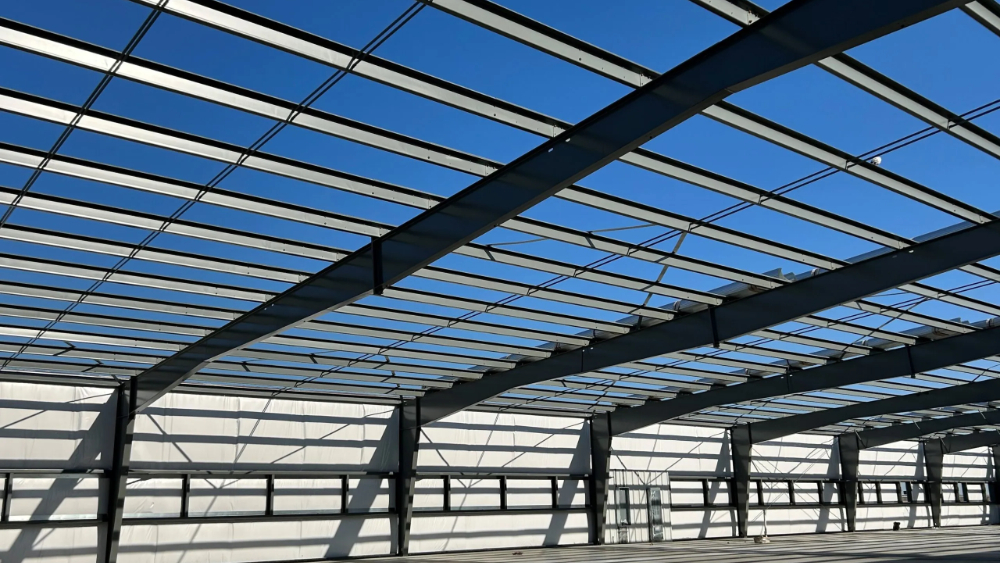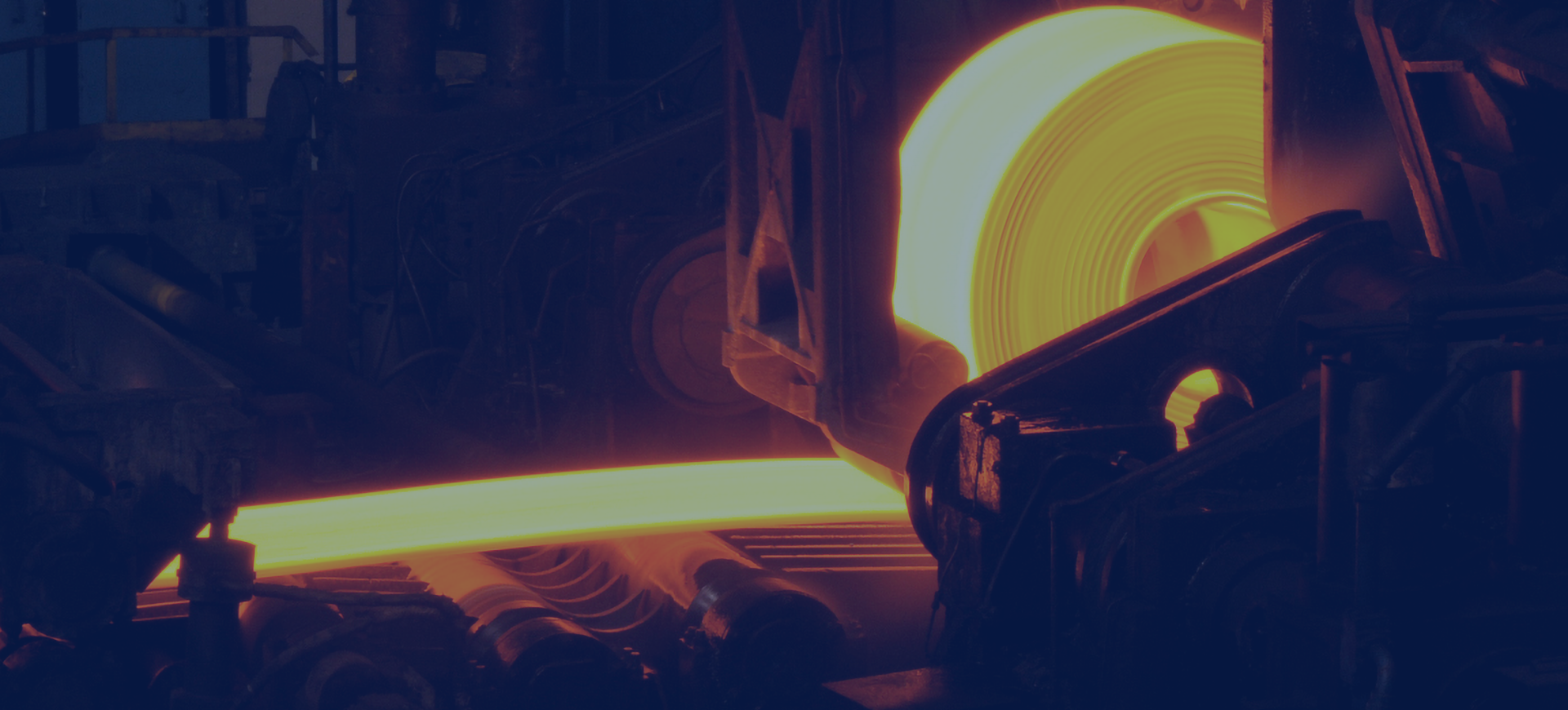Evaluating the Wind Performance of Prefabricated Steel Structures: A Builder’s Guide
Understanding the wind resistance of prefabricated building steel structures is crucial when constructing a strong building, especially in areas prone to high winds. Whether you use a lightweight steel structure or a more robust steel warehouse structure, the materials you choose and the design you implement can significantly impact the overall durability and safety of your building.
First, let’s talk about materials. Light Steel structures are engineered to withstand a variety of environmental stresses, including wind loads. When evaluating wind resistance, the grade and type of steel structure materials used must be considered. High-strength steel enhances the structure’s resilience, ensuring it can withstand adverse weather conditions.
Secondly, the design of the steel structure plays a key role. Metal buildings should adopt an aerodynamic shape to minimize wind resistance. Design features such as sloped roofs and rounded edges help deflect wind, thereby reducing stress on the building. Furthermore, proper bracing and anchoring techniques are crucial to ensure that lightweight steel warehouse structures can withstand lateral forces.

To effectively assess wind performance, builders should perform comprehensive wind load calculations according to local building codes and standards. Software tools and simulations can provide insight into the performance of prefabricated steel structure of metal under various wind conditions.
In short, taking the time to evaluate the wind resistance of your steel structure isn’t just a safety measure; it’s a smart business decision. By selecting the right steel materials and implementing sound design principles, you can create a strong building that can withstand the elements, ensuring longevity and peace of mind for your clients. Don’t compromise on quality—build with confidence!
Post time: Oct-15-2025








